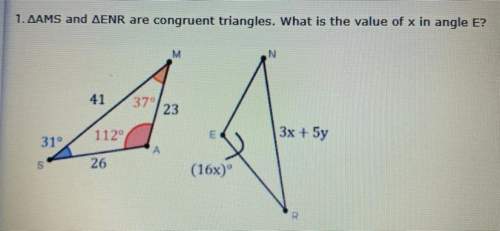
Mathematics, 18.03.2021 01:10 maya7544
An ordinary (fair) die is a cube with the numbers 1 through 6 on the sides (represented by painted spots). Imagine that such a die is rolled twice in succession and that the face values of the two rolls are added together. This sum is recorded as the outcome of a single trial of a random experiment.
Compute the probability of each of the following events.
Event : The sum is greater than 6.
Event : The sum is divisible by 2.
Round your answers to two decimal places.
(a)
(b)

Answers: 1


Another question on Mathematics


Mathematics, 21.06.2019 18:00
For a field trip to the zoo, 4 students rode in cars and the rest filled nine busess. how many students were in each bus if 472 students were on the trip
Answers: 1

Mathematics, 21.06.2019 18:00
Calculate the density of benzene if 300ml of it weighs 263g. a. 0.88 g/ml b. 1.14 g/ml c. 78,900 g/ml d. 37 g/ml
Answers: 2

Mathematics, 22.06.2019 02:00
The table below shows the approximate masses of a dust particle and a grain of pollen. dust particle 0.000000778 g grain of pollen 0.00000000155 g the mass of a dust particle can be estimated and written in the form a × 10^b, where a = 8 and b = the mass of a grain of pollen can be estimated and written in the form a × 10^b, where a = 2 and b = based on the estimates, the mass of a dust particle is approximately blank times larger than the mass of a grain of pollen.
Answers: 1
You know the right answer?
An ordinary (fair) die is a cube with the numbers 1 through 6 on the sides (represented by painted s...
Questions

Geography, 15.03.2020 03:44



Biology, 15.03.2020 03:45


Biology, 15.03.2020 03:45





Mathematics, 15.03.2020 03:47



Mathematics, 15.03.2020 03:47

Mathematics, 15.03.2020 03:48


Mathematics, 15.03.2020 03:48






